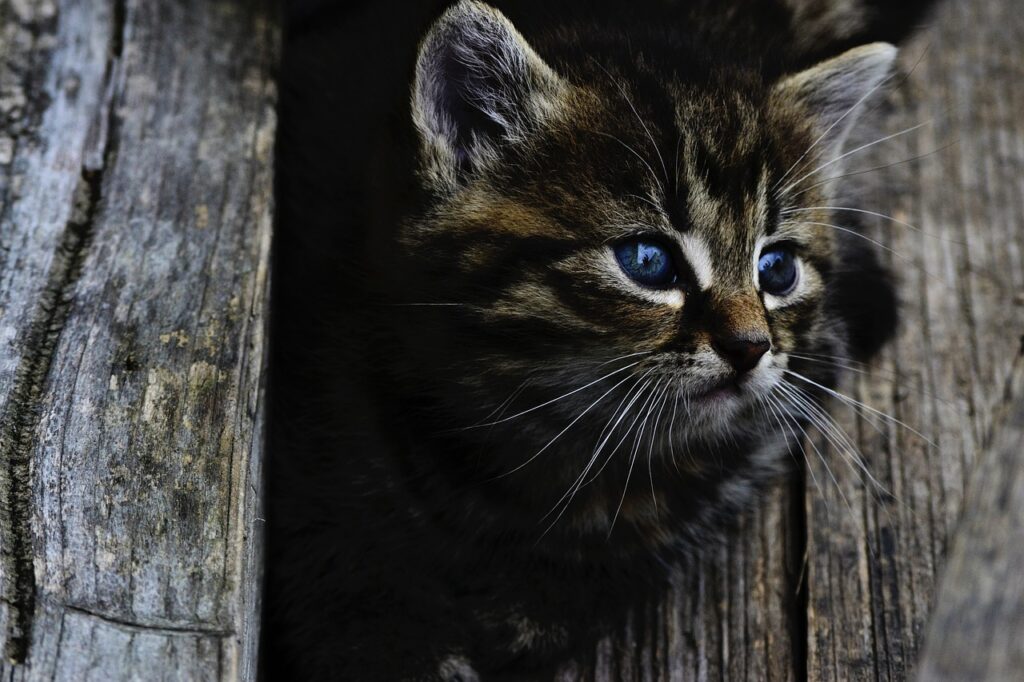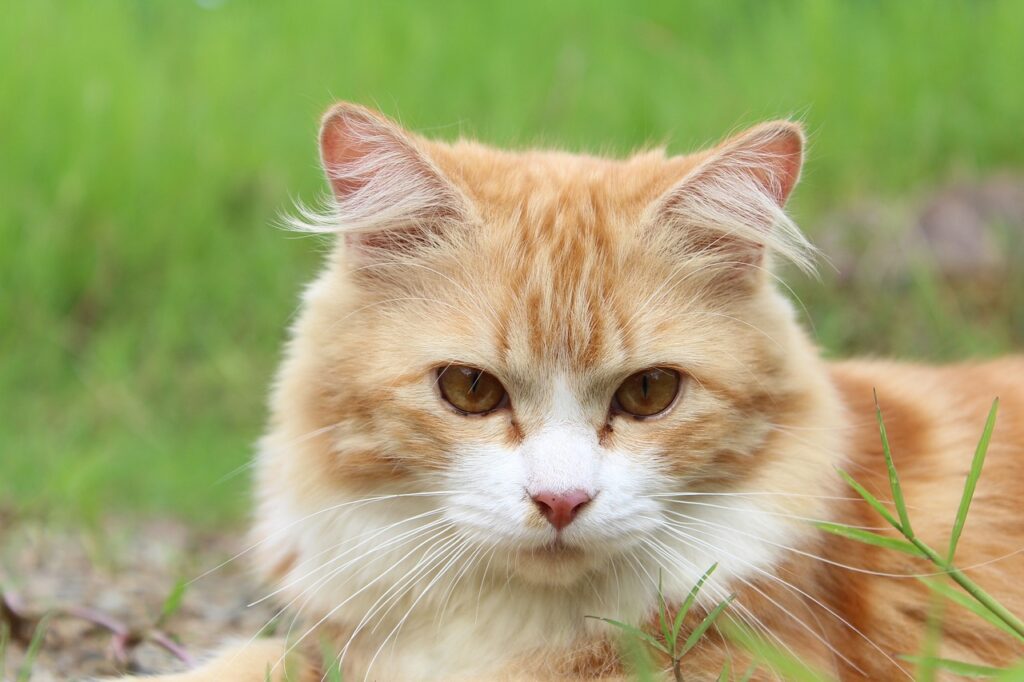Can Cats Eat Catnip? – Yes, They can
Yes, cats can indeed enjoy catnip. This beloved herb, known scientifically as Nepeta cataria, is well-renowned for the effect it has on many felines. It contains an oil called nepetalactone that triggers a euphoric reaction in cats. However, not all cats are affected by catnip and for those that are, it should be given in moderation to prevent any stomach upset. Catnip isn’t just about play and pleasure; it can also be utilized for training and as a tool to draw cats to areas or objects we desire them to use, such as scratching posts and beds.
Can Kittens Eat Catnip?
No, kittens generally should not eat catnip. Kittens below the age of six months are usually unaffected by catnip and might not respond to it at all. The reason for this is that kittens’ responses to herbs and stimuli like catnip typically develop as they grow older. So, it’s better to wait until they mature before introducing them to catnip to see if they have the hereditary sensitivity to it.
Things to consider when feeding catnip to kittens?
When considering catnip for kittens, remember that their young digestive systems are more sensitive. If you choose to offer catnip, it should only be a small amount and monitored closely. Ensure the catnip is fresh and from a reputable source to prevent any contaminants or additives that could harm the kitten. Consultation with a veterinarian is also advised before introducing any new elements into a kitten’s diet.
Nutritional Benefits of Catnip for Cats – Why Catnip is good for Cats?
Stress Reduction
Catnip can be used as a natural stress reliever for cats. The nepetalactone found in catnip can cause a temporary state of bliss, which can help calm cats and relieve anxiety or stress.
Encourages Physical Activity
For indoor cats, especially, catnip can serve as a great way to encourage exercise. The excitement cats exhibit when exposed to catnip often includes playful behaviors like rolling, flipping, and running around.
Training Aid
Catnip can be a useful training tool. Its alluring properties can be used to encourage cats to scratch on designated posts or use their bed instead of furniture.
Digestive Aid
When ingested in small amounts, catnip can help to relieve certain digestive issues such as gas. Its natural components can have a mild soothing effect on the stomach.
Sleep Aid
After the initial energized reaction to catnip, cats commonly experience relaxation which can help them sleep. This is particularly beneficial for cats that may experience sleeping difficulties or high levels of anxiety.
Potential Allergies: Can Cats Be Allergic to Catnip?
While it’s quite rare, it’s possible for cats to be allergic to catnip. If you observe any unusual reactions after its use, it’s crucial to contact your veterinarian for guidance.
Symptoms of Catnip Allergies in Cats
- Sneezing or Coughing: If your cat starts sneezing or coughing after contact with catnip, they may be allergic.
- Itchy skin: Look out for excessive scratching or signs of discomfort on the skin.
- Swelling: Any unusual swelling around the face or paws after exposure to catnip could indicate an allergic reaction.
What to Do If Your Cat Shows Symptoms?
- Remove Catnip: The first step is to remove any catnip or catnip-infused toys from your cat’s environment.
- Veterinary Consultation: Contact your vet to report symptoms and receive professional advice.
- Monitor Your Cat: Watch your cat closely for any signs of distress or worsening of symptoms.
Recommended Amount: How Much Catnip Can a Cat Consume?
The recommended amount of catnip varies depending on the individual cat, but in general, a pinch of dried catnip or a couple of leaves from a catnip plant is sufficient. It should always be used as a treat, not a regular part of a cat’s diet, and limited to once every few weeks to prevent habituation.
Things to Consider When Feeding Catnip to Cats
Always ensure that the catnip you’re giving is pure and not mixed with fillers or potentially harmful substances. Be aware that cats may become overly excited or aggressive when exposed to catnip, so supervision is important. Also, note that some cats may not respond to catnip at all.
How to Feed Catnip to Cats: A Quick Guide
Catnip can be a delightful treat for your furry friend, and incorporating it into their playtime can be both engaging and beneficial. Let’s go over a couple of ways to feed catnip to your cat.
Baked Catnip Leaves
For a controlled dose, try baking a few catnip leaves in the oven until they’re crisp. Once cooled, you can crumble them over your cat’s bedding or scratch post.
Homemade Catnip Toys
Refillable toys allow you to insert fresh catnip, providing a long-lasting and interactive experience for your cat.
Catnip Sprinkled on Food
A tiny pinch of catnip can be sprinkled onto your cat’s food as an occasional treat, but watch for any changes in eating behavior or digestive upsets.
Conclusion
When it comes to the question, “Can cats eat catnip?” the answer is a resounding yes, with moderation and close attention to individual reactions. Catnip can offer both mental and physical benefits to cats, as well as acting as a training aid. However, kittens might not react to catnip and should generally avoid it until they are older. Always watch for any signs of allergy and consult with your vet if unsure. Catnip is meant to spice up life, not to sustain it, so use it sparingly and watch your furry pal leap for joy!



